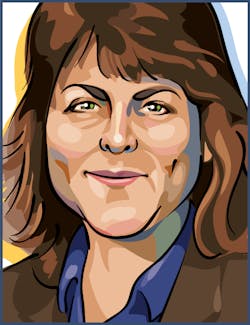Looking at the medical bill for my husband's last lipid (cholesterol) panel that totaled around $60, it's easy to see why the six seats at my local Phoenix, AZ Walgreens pharmacy are usually full of self-diagnosing patients waiting for "direct testing" by the Theranos Wellness Center within the store--especially considering the $9.21 that Theranos charges for that same lipid panel.
Theranos opened its first in-store Wellness Center in Palo Alto where the company is headquartered. In November 2013 it expanded outside California and opened its first two Wellness Centers in Phoenix, AZ. The Theranos "test menu" advertises more than 250 individual tests ranging from blood typing at $4 to cancer antigen 15-3 for a little more than $14 as well as a number of popular panels like lipids, metabolic, drug screens, and hepatitis ranging from $5 to $50. The company boasts that the tests cost 50% of what Medicare charges and more importantly, the tests are covered by Medicare and other major medical insurance plans.
As Holmes says, Theranos enables individuals to take charge of their own destiny through self-diagnosis (hypochondriacs rejoice!). Seriously, we all know that early diagnosis improves a person's chances of surviving a major medical problem.
Even though the details of the Theranos technology still elude the public, I'd like to think that optics and photonics is enabling this point-of-care revolution from which we can all benefit (unless you are a well-paid laboratory technician that may soon need to seek employment at your neighborhood Walgreens).



